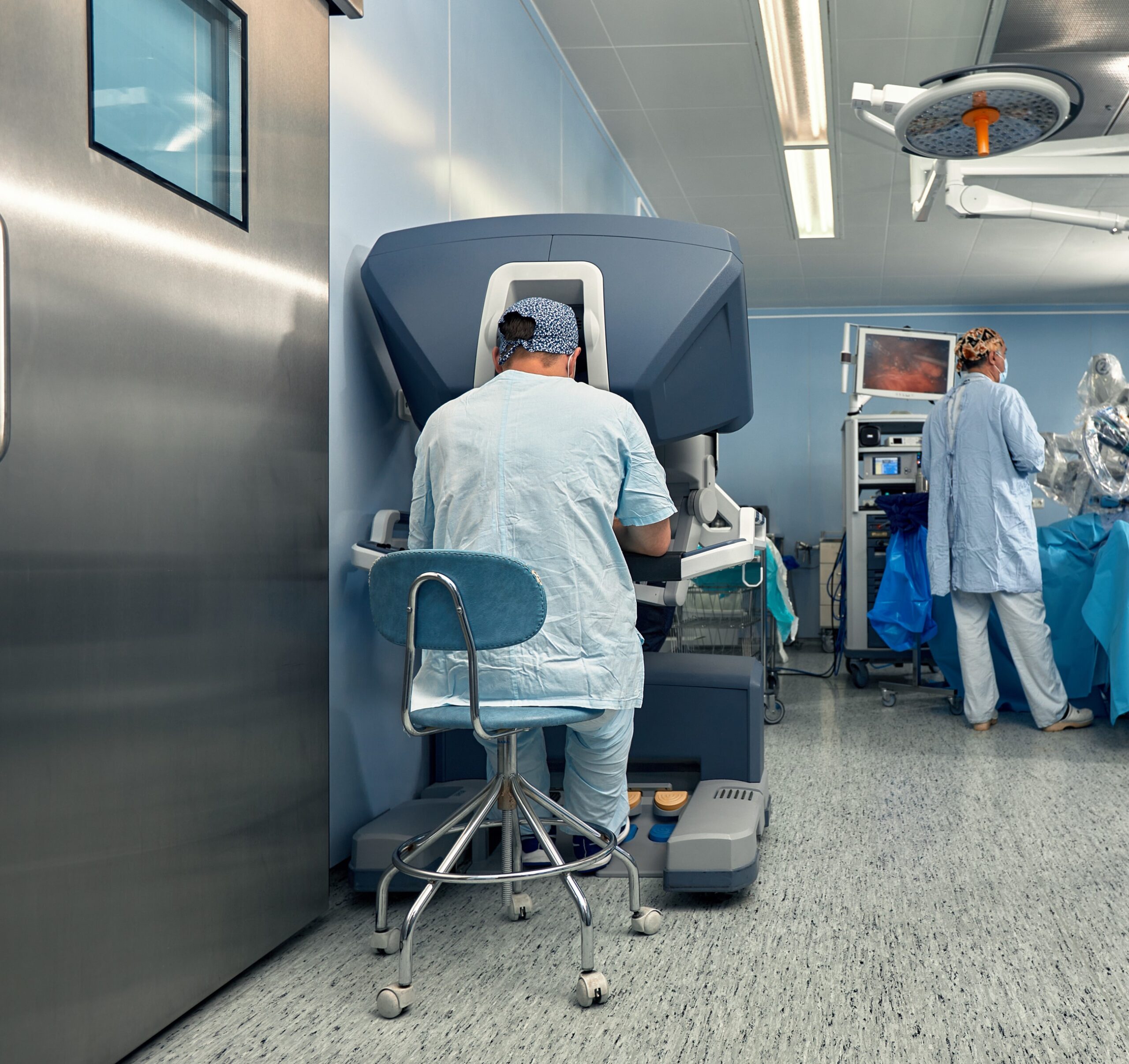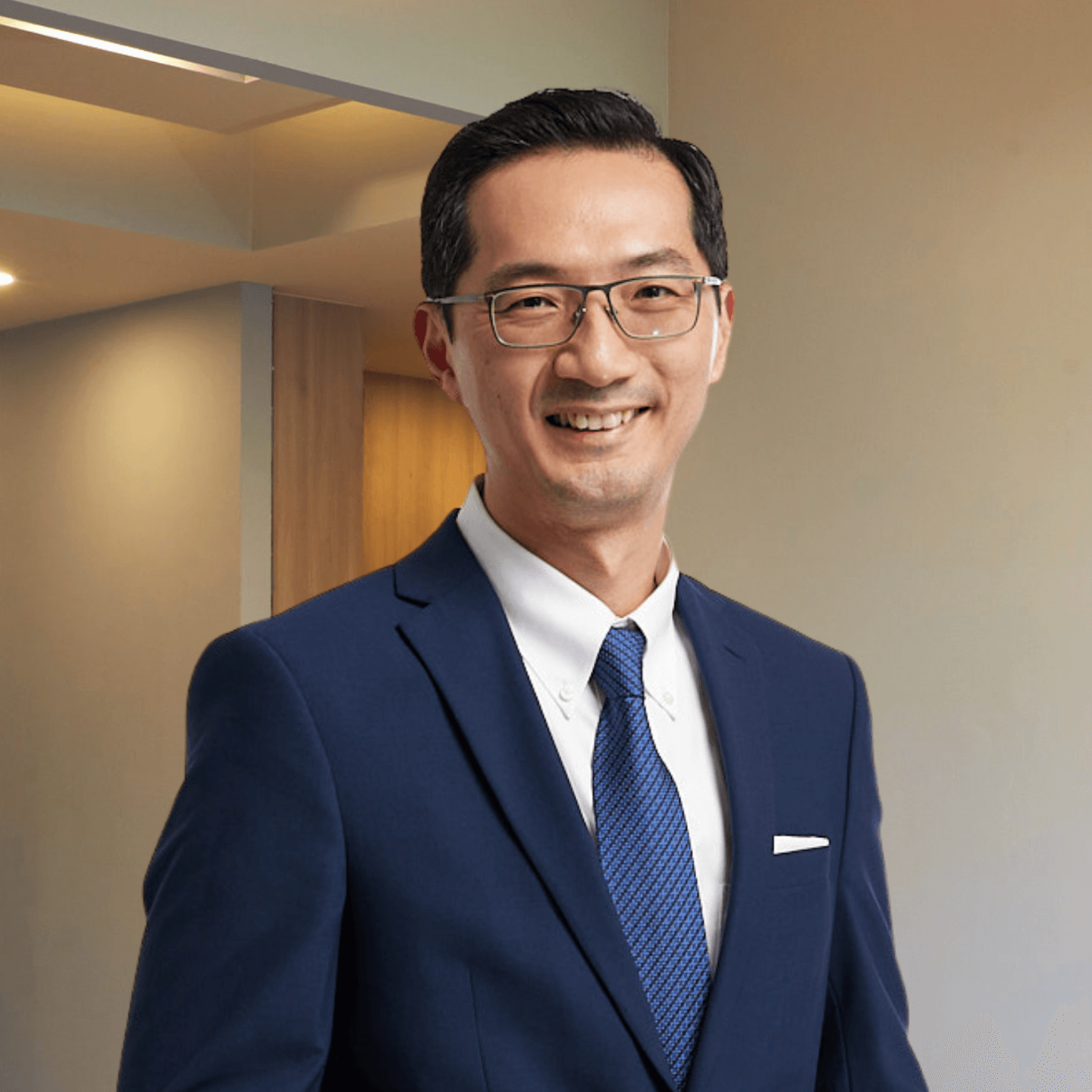Treating Prostate Cancer with RARP
RARP is increasingly becoming the preferred method for treating localised prostate cancer due to its minimally invasive nature.
Surgical Goals: The goals of RARP include the complete removal of the prostate gland and any surrounding tissues visibly affected by cancer., while also attempting to preserve the nerves surrounding the prostate.
The surgery also aims to ensure clear margins, which means no cancer cells are left at the edges of the removed tissue, reducing the risk of cancer recurrence.


